Since the release of its second-generation model in 2007, the Toyota Tundra has faced a persistent issue with its transmission system, leaving many owners frustrated by gear-shifting hesitations in the automatic transmission. This problem seems to occur when the vehicle attempts to shift gears, causing noticeable hesitation and sluggishness. (For more information on sequential manual and continuously variable transmissions, click these links.)
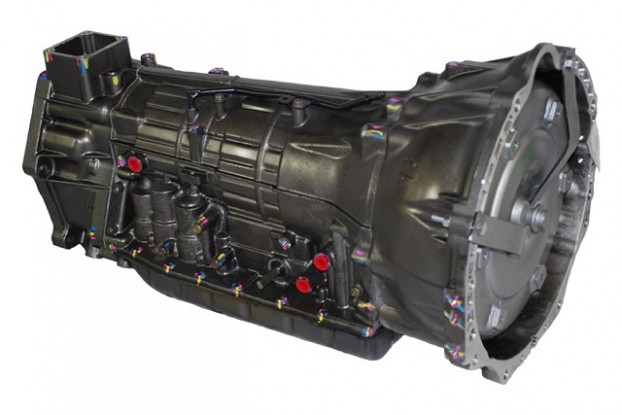
If you're encountering similar issues with your Tundra, here are a few steps you might consider taking:
Transmission Fluid
One of the first things to examine if you notice hesitation or sluggishness during gear changes is the transmission fluid. Toyota emphasizes that maintaining the correct fluid level is essential for proper transmission function. Transmission fluid not only lubricates but also cools the system, so it's just as important as engine oil. Without sufficient fluid, excessive heat could lead to transmission failure.
To address potential fluid issues:
- On older models, use the dipstick to check the fluid level. If it's low, add more. If the fluid appears discolored (fresh fluid should be red) or smells burnt, it's likely time for a fluid flush.
- Newer models require contacting a dealership to check or flush the transmission fluid due to their "sealed" design. These transmissions lack a dipstick and necessitate a specialized tool to measure the fluid level once the transmission reaches a specific temperature.
- The only approved fluid for these transmissions is Toyota AT WS, which can only be obtained from a dealership. While Toyota claims the new automatic transmission doesn't need servicing until 100,000 miles, some owners find this claim questionable. Addressing any issues promptly with a dealership can prevent severe damage and ensure compliance with any applicable Technical Service Bulletins.
It's crucial to avoid unauthorized service centers like Jiffy Lube for your Tundra's transmission. Toyota has a precise method for refilling transmission fluid, and they explicitly warn against using the "flushing" method—only draining and refilling is recommended.
Torque Converter
- The torque converter in these vehicles often struggles to disengage properly after shifting gears, resulting in noticeable shuddering and jerky behavior.
- This issue is acknowledged by Toyota through a Technical Service Bulletin. If you encounter this problem, inform your dealership immediately to seek replacement of the affected component.
For The Future
- If the aforementioned solutions don't resolve your transmission issues, it would be wise to consult a dealership for further diagnosis, particularly if you notice a check engine light or unusual vibrations and noises.
- Stay informed about Toyota Technical Service Bulletins to keep abreast of updates regarding your vehicle. Toyota and its dealer network have been proactive in addressing Tundra-related concerns, offering support tailored to your needs.
Remember, regular maintenance and timely intervention can significantly extend the lifespan of your Tundra's transmission system. If you're unsure about any aspect of the troubleshooting process, always defer to professional assistance.
Related Posts
Electric Power Industry,Rare earth heat resistant steel,Rare earth wear resistant steel,Composite pipe,Lining plate
Jiangsu Taigoo New Material Co. Ltd. , https://www.spun-castings.com
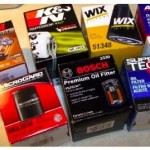 Oil Filter Comparison Determines Wix, K&N And Toyota Make Best Oil Filters
Oil Filter Comparison Determines Wix, K&N And Toyota Make Best Oil Filters
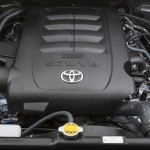 How To: Replace A Fuel Injector In Your Toyota Tundra
How To: Replace A Fuel Injector In Your Toyota Tundra
 Video: Aphrodite Tundra Feature
Video: Aphrodite Tundra Feature
 2014 Toyota Tundra SR5 Is A Show Stopper
2014 Toyota Tundra SR5 Is A Show Stopper
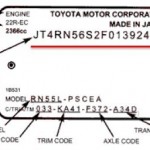 Understanding Your Vehicle Identification Number (VIN)
Understanding Your Vehicle Identification Number (VIN)
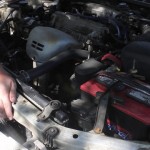 Toyota DTC Decoded: P1135
Toyota DTC Decoded: P1135